STUDENTS PROJECTS
2010
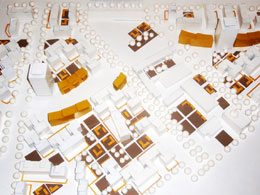
17 March, 2011
ENVIRONMENTAL REGENERATION OF THE SOCIAL HOUSES OF ‘AXIOS’ IN THESSALONIKI
An environmental study that aims the integration of the settlement of the social housing to the urban grid.
Student: Stella Grammatikopoulou
Supervisor: Evaggelia Athanasiou
Department of Architecture, Polytechnic School A.U.TH.
Date of presentation: July 2010
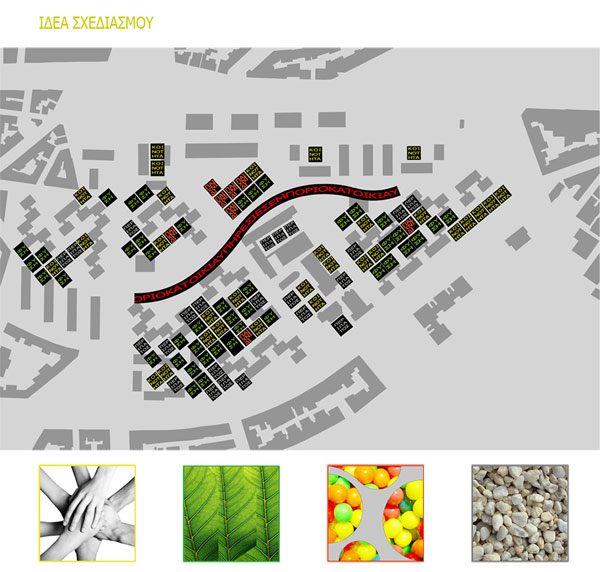
The settlement of social housing of Axios is located in the northwest edge of the Municipality of Thessaloniki, close to the suburbs of Ampelokipoi, while the east barrier of the area is the main road Lagkada. The structure of the settlement in relation to the wider urban grid shows the later growth of the city around it; dense development of tall buildings, that are constructed one next to the other, surround the neighborhood of Axios. The suburban character gives the impression of an area detached from the wider urban environment in terms of structure of the built form, network, architecture or uses of buildings.
There is a high percentage of open and green space; however in many cases this space is neglected or even not in use. Other elements of the appraisal, such as the neglected urban environment with untended buildings that don't have any environmental elements, the concentration of only one use of social housing that cuts the area off the city are elements that are taken into consideration for the regeneration of the settlement.
The main idea of the project is a zone of built environment that penetrates in the core of the settlement. Buildings of mixed uses interrupt the homogeneity of the use of social housing, creating a route that follows the new zone. It is basically a gesture of slipping of the wider built environment into the settlement, that hadn't been penetrated before. The new buildings are designed according to environmental criteria (orientation, passive solar systems, photovoltaic panels, collection of rainwater, environmental structure materials).
The development of the open space is organized with a grid that follows the lines of the existing buildings; according to that, new square thematic 'islands' are created. These islands have themes of community, nature, playing, promenade combined in order to correspond to groups of buildings of social housing, creating small neighborhoods.
The project also suggests the unification of the settlement, with a new network of pedestrians and with roads of limited circulation of vehicles, the so-called home-zone streets, (or woonerf) that combine the movement of pedestrians and vehicles.
Environmental simulations (calculations of air temperature, shading percentage and air wind) are being calculated for an open area of focus, with buildings of all orientations (north-south and east-west); these simulations are used for the design of the new square.
The calculations concern two extremes within one year, summer and winter solstice and they have been conducted based on climatic data, topography data and orientation. The design of the new square is based on the results derived from the simulations and it aims to improve the microclimate of the open space and provide human thermal comfort.
The site will function as a local square; hence it is important for the design to achieve the lower possible air temperature during summer months, when open spaces are in frequent use, and sun protection at all the sitting spots. After the simulations and the design process, the new environmental calculations show the reduction of the air temperature from 2,5 to 3,5 oC, during the summer solstice at 15.00. The shadow percentage increases at all the sitting spots of the new square; the high and dense vegetation and the trellis help towards that effect. The design of the square can be used as a pattern to the re-design of all the open spaces of the settlement.
Finally, a series of environmental interventions and improvements are suggested for the building nutshells for the improvement of the urban and natural environment and mainly for the improvement of the quality of life.
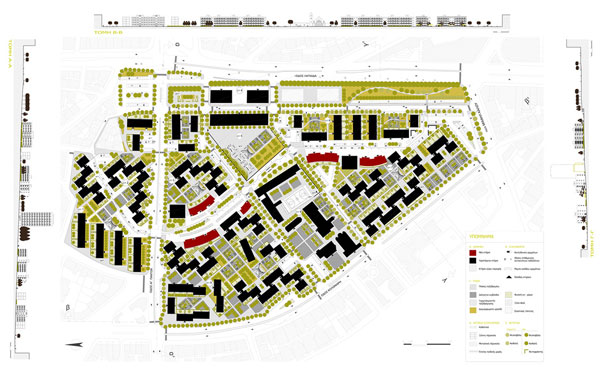
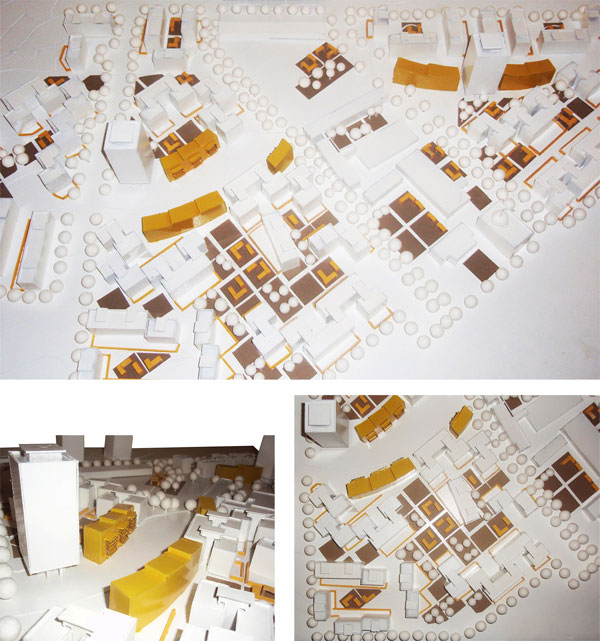
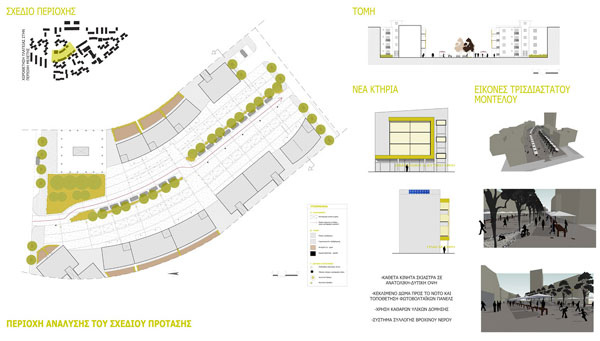
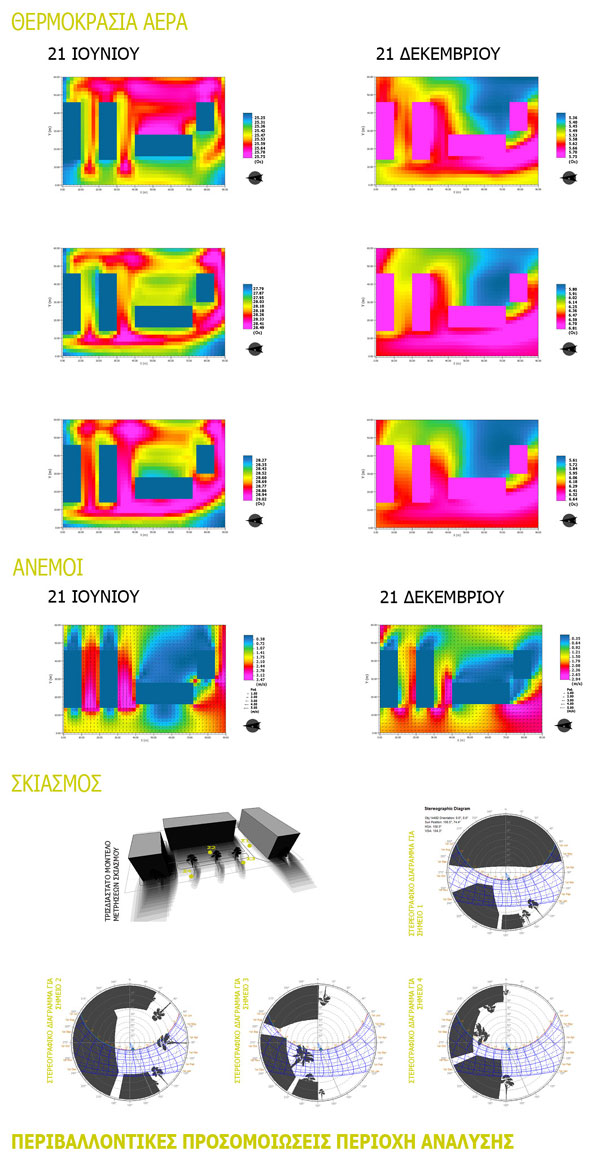
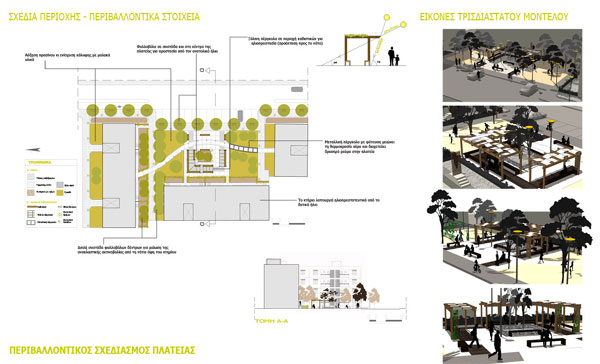
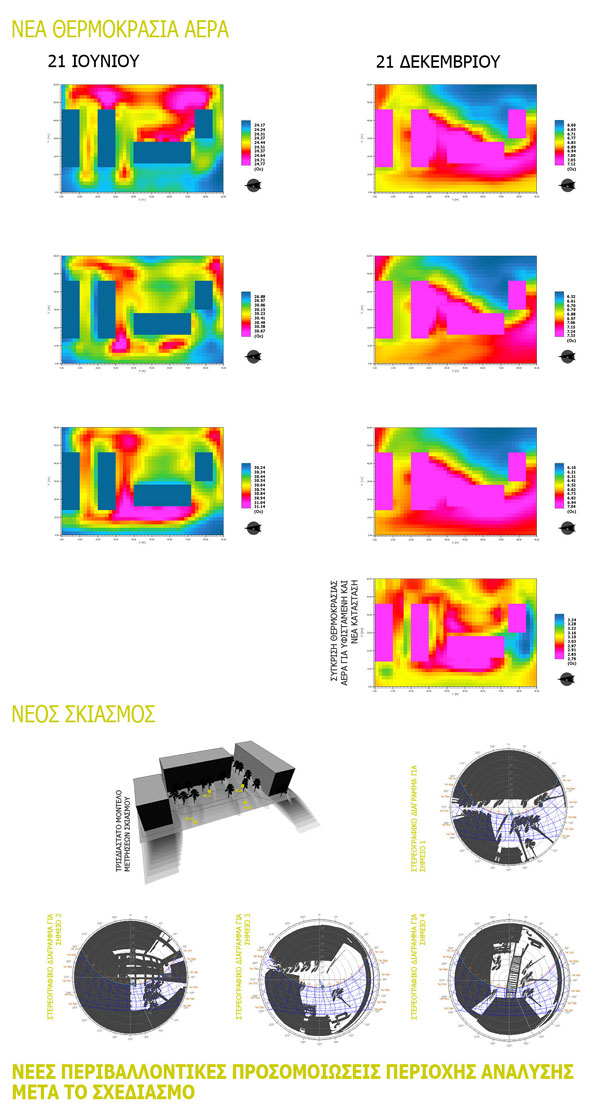
Related articles:
- Halls of residence / Galaneika Lamias ( 12 May, 2011 )
- Student Residences ( 18 February, 2014 )










